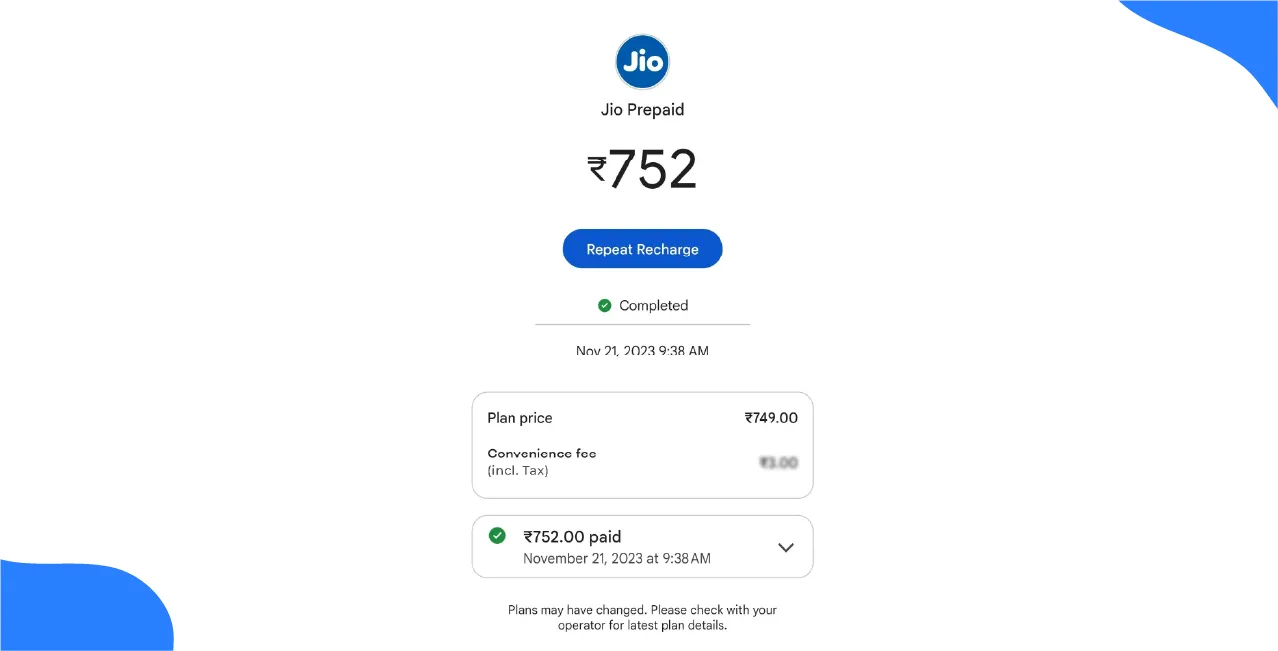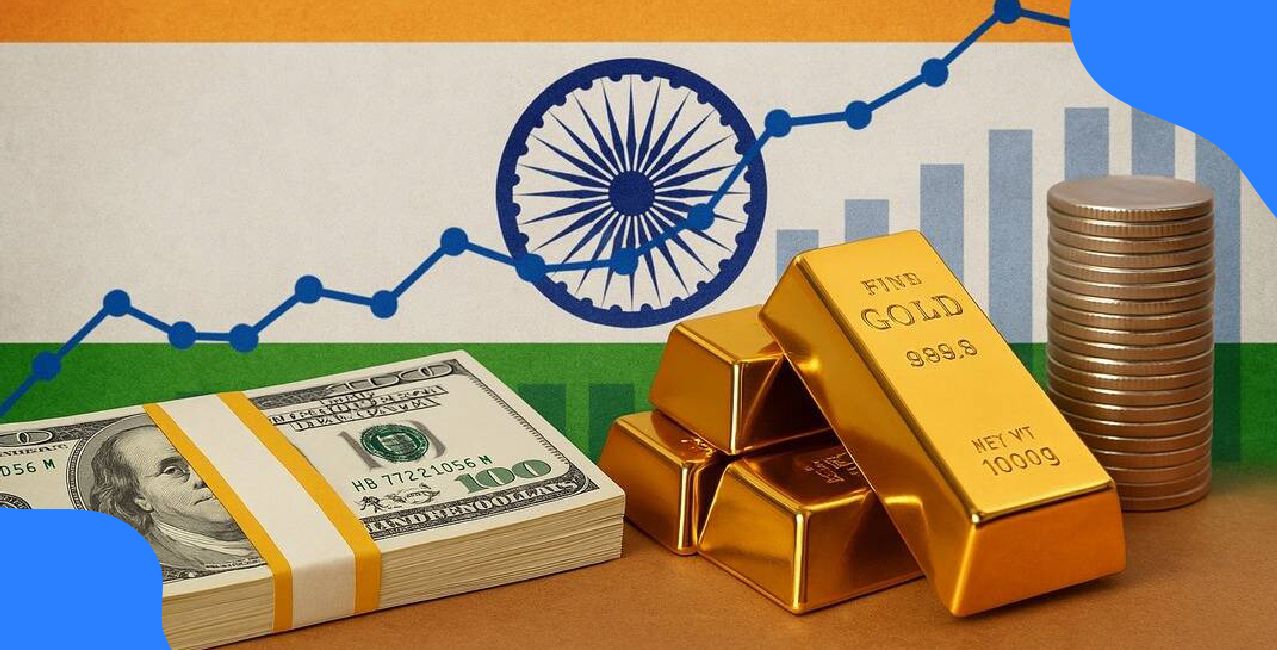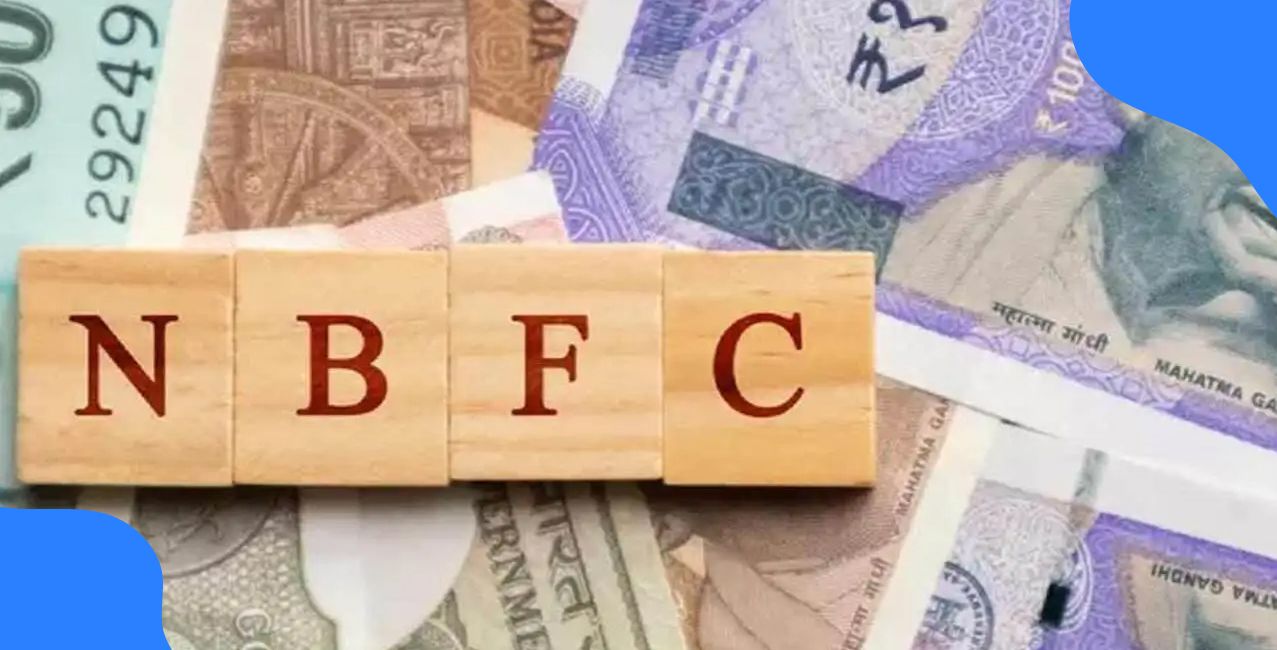
Author
LoansJagat Team
Read Time
4 Min
03 Aug 2025
ICICI Bank Starts Charging Payment Aggregators for UPI: User Impact Insight
UPI users might soon have to pay a small fee for using popular digital payment apps like Google Pay, Mobikwik, Razorpay, and PhonePe. In what can be called a big shake-up in the payments space, ICICI Bank has informed these payment aggregators (PAs) that it will start levying a fee for UPI transactions they facilitate on merchant platforms, according to a report by Business Standard.
Starting August 1, the private lender will impose a cost on PAs for handling Unified Payments Interface (UPI) transactions. These aggregators act as middle-men—they collect payments from customers and then settle funds with merchants, often via escrow accounts maintained at banks.
Why Do Payment Aggregators Use an Escrow Account?
An escrow account is a special type of bank account where funds are kept temporarily until certain conditions are met. It ensures both the payer and the receiver are protected during a transaction.
Imagine you’re buying a laptop from a seller you don’t personally know. Instead of paying the seller directly, you give the money to a trusted third party (the bank). The bank releases the money to the seller only after you confirm the laptop has been delivered and is in good condition. This way, both parties are safe.
For payment aggregators, an escrow account works the same way—customer payments are collected in this account and then released to the merchant after verification.
How much are the charges?
Note: If payments settle directly into an ICICI Bank account held by the merchant, no fee is charged.
Why Is ICICI Doing This?
UPI payments are free for customers and free for merchants—no merchant discount rate (MDR) applies. While this is great for adoption, it means banks earn nothing from UPI transactions. Yet, they must bear heavy expenses to keep the UPI infrastructure running smoothly, 24/7.
These expenses include maintaining high-capacity servers, ensuring cybersecurity, fraud prevention systems, paying NPCI routing fees, staffing customer service teams, and meeting RBI compliance norms. The cost rises with every additional transaction, but earnings remain at zero.
By charging payment aggregators, ICICI is essentially trying to recover some of these costs from the massive transaction volumes flowing through UPI every day.
Cost vs. Earnings for a Bank in UPI
Let’s say Bank A handles 1 crore UPI transactions in a month.
Total monthly cost: ₹45 lakh
Earnings from UPI:
- From customers: ₹0 (UPI is free to use)
- From merchants: ₹0 (no MDR)
Result: Loss of ₹45 lakh/month
Why ICICI’s new charge matters?
If ICICI charges ₹0.02 per ₹100 (2 bps) from payment aggregators and processes ₹50,000 crore worth of their UPI transactions in a month:
- Fee collected = ₹50,000 crore × 0.0002 = ₹10 crore per month
- This amount can offset operational costs and potentially add to profits.
Who Really Ends Up Paying?
While the fee is charged to payment aggregators, it’s unlikely they will absorb it completely. Instead:
- Aggregators might increase platform or convenience fees for merchants.
- Merchants could raise prices slightly or add a digital payment surcharge to customers.
- Some PAs might re-engineer settlement processes to avoid higher fees.
In short, while the change is directed at aggregators, the cost could ripple down to both merchants and end-users indirectly.
What’s the Impact for Users?
- Consumers: For now, UPI remains free for everyday users. Most of these cost changes happen in the background.
- Merchants: Small businesses using payment aggregators might face higher service costs unless they route settlements directly into ICICI accounts.
- Aggregators: Those already using ICICI escrow accounts will have lower fees than those without, but their operational costs will still rise.
RBI Governor Sanjay Malhotra in Favour of Charging Fee on UPI Payments?
The Unified Payments Interface (UPI) has transformed India’s digital payment landscape with its speed, security, and simplicity. One major reason for its popularity is that it’s free for retail consumers.
However, RBI Governor Sanjay Malhotra recently hinted that this may not remain the case forever. Speaking at a Financial Express event, he noted that the government currently subsidises banks and fintech players to keep UPI free. But with UPI transactions doubling to six billion per day in just two years, this subsidy model may not be sustainable.
“As of now, there are no charges. The government is subsidising various players such as banks and other stakeholders. Obviously, some costs have to be paid. Someone will have to pay for it if the service is to be genuinely sustainable,” Malhotra said.
His remarks come at a time when banks, like ICICI, are exploring ways to recover operational costs from the digital payments ecosystem.
Conclusion
ICICI Bank’s move to charge payment aggregators marks an important shift in India’s UPI story. While customers might not immediately feel the impact, the ripple effects could reach them if merchants pass on higher costs. With even the RBI signalling that UPI may not remain free forever, this development could be an early sign of how India’s “free” digital payments model evolves into a more sustainable—but potentially cost-bearing—system.
Other News Pages | |||
Retail Mortgage Loans by NBFCs, HFCs to Hit ₹20 Trillion by FY28 | |||
About the Author

LoansJagat Team
‘Simplify Finance for Everyone.’ This is the common goal of our team, as we try to explain any topic with relatable examples. From personal to business finance, managing EMIs to becoming debt-free, we do extensive research on each and every parameter, so you don’t have to. Scroll up and have a look at what 15+ years of experience in the BFSI sector looks like.

Quick Apply Loan
Subscribe Now
Related Blog Post

LoansJagat Team • 11 Dec 2025

LoansJagat Team • 11 Dec 2025

LoansJagat Team • 12 Dec 2025